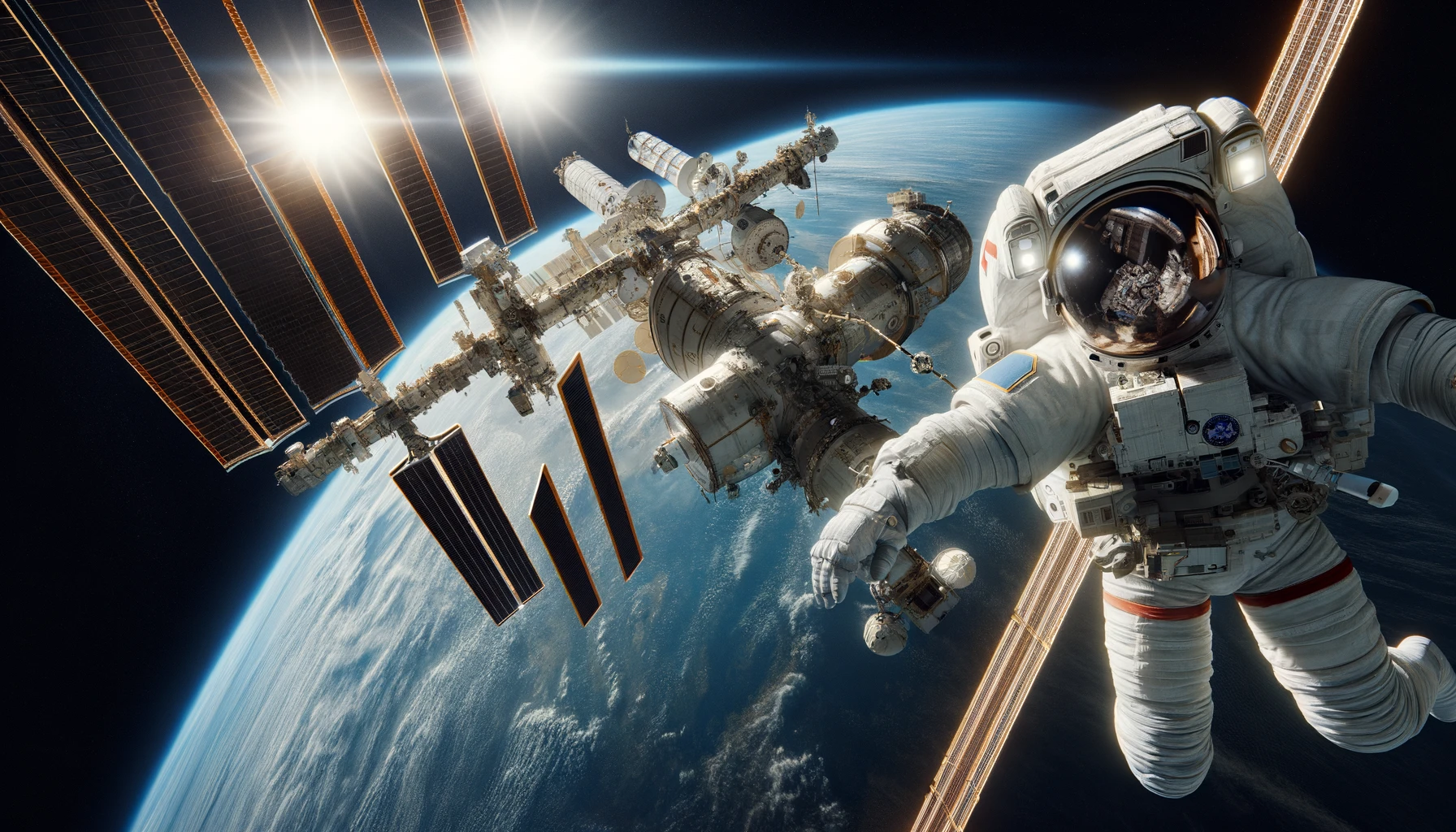As part of an ongoing mission to enhance our understanding of space and its effects, the SpaceX Dragon cargo spacecraft has recently undocked from the International Space Station (ISS), carrying a significant load of scientific samples and hardware back to Earth. This event marks a pivotal moment, as the returned materials could potentially lead to breakthroughs in various scientific fields. The anticipation surrounding the cargo includes results from experiments conducted in the unique microgravity environment of space, which could have substantial implications for both space travel and medical advancements on Earth.
Over the years, the collaboration between SpaceX and NASA has been instrumental in advancing our capabilities in space travel and research. The current mission, which saw the SpaceX Dragon deliver over 6,000 pounds of research materials to the ISS, is a continuation of efforts to utilize the space environment for experiments that cannot be conducted on Earth. This mission’s cargo includes materials for research in areas ranging from biology to physical sciences, which scientists anticipate will yield data pivotal for future space missions and enhance our understanding of various diseases.
What Does Dragon’s Payload Include?
Among the noteworthy items returned to Earth are over seven miles of optical fiber produced in space, which could revolutionize telecommunications technology. Another critical part of the payload includes results from the GEARS experiment, which aims to understand antibiotic resistance in space, a key study for astronaut health on long-duration spaceflights. The spacecraft also brought back components from the MISSE-18 experiment, which studied material durability in the harsh environment of space, potentially influencing the development of better materials for future space missions.
How Will the Samples Impact Research?
The quick transportation of the samples to NASA’s Space Systems Processing Facility at Kennedy Space Center is crucial. Rapid analysis minimizes the degradation of samples, preserving the integrity of the data collected in microgravity. This data is invaluable for ongoing research into disease and could lead to new treatment methods that are more effective than current options.
Why Is This Mission Critical for Future Exploration?
Insights gained from these missions are crucial for the long-term presence of humans in space, particularly for missions to the Moon, Mars, and beyond. Understanding material behavior and biological changes in space environments directly supports NASA’s Artemis program, which aims to return humans to the Moon and eventually to Mars.
In a study detailed in the Journal of Space Exploration, researchers emphasized the importance of continuous experiments aboard the ISS, highlighting that microgravity research is indispensable for the success of prolonged space missions. They noted the significance of studies like those conducted on the SpaceX Dragon, which provide insights that significantly alter our approach to space colonization.
Key Findings from Dragon’s Return
- Advanced optical fiber technology now possible with space-manufactured materials.
- Enhanced understanding of antibiotic resistance in microgravity environments.
- Improved durability and performance of space-grade materials.
The recent SpaceX Dragon mission not only reinforces the integral relationship between space exploration entities but also underscores the continuous need for such missions in advancing our scientific understanding and capabilities in space. The returned experiments and their subsequent analysis will provide a deeper understanding of space’s impact on various materials and biological specimens, offering insights that could facilitate longer and more sustainable human ventures into space. As we prepare for future explorations, the findings from these missions will be pivotal in shaping the strategies and technologies employed, ensuring safety and efficiency in our endeavors beyond Earth.










